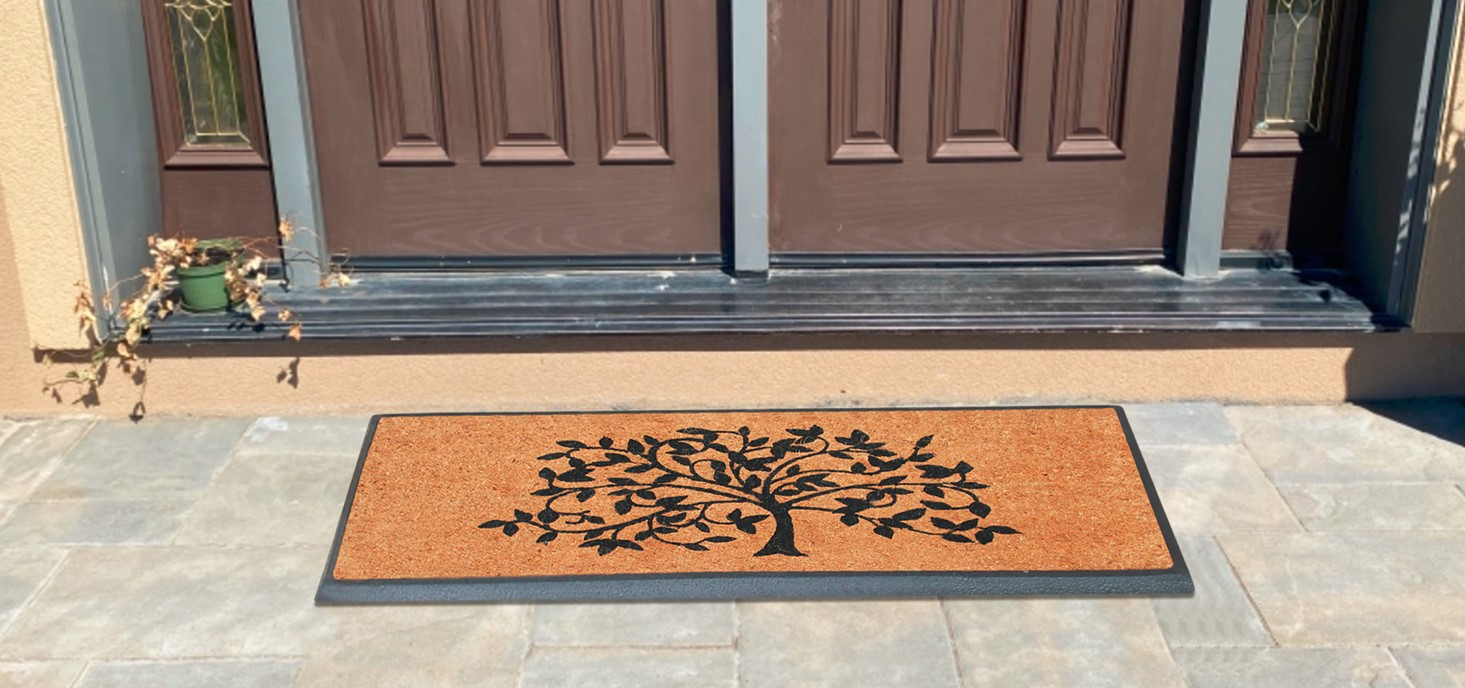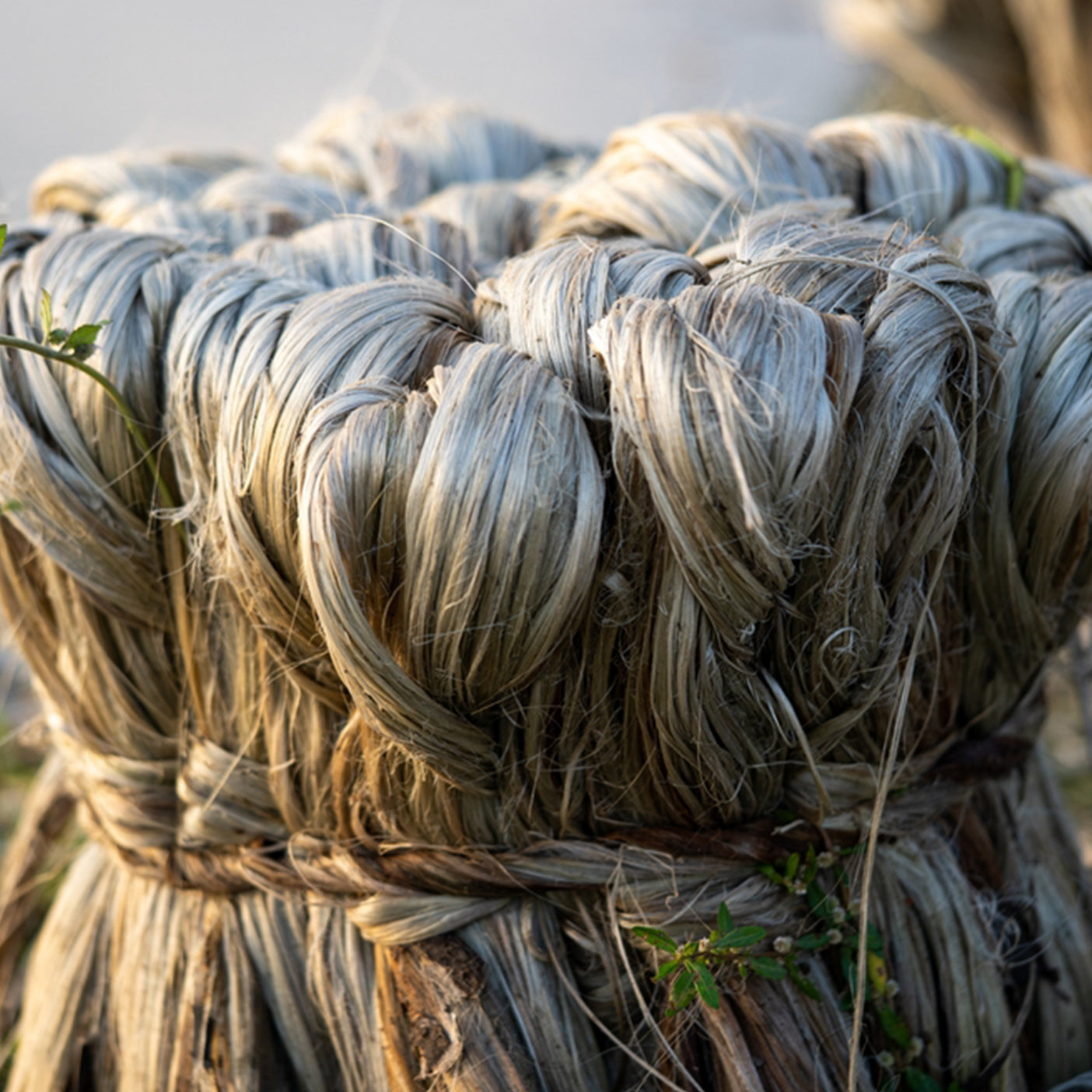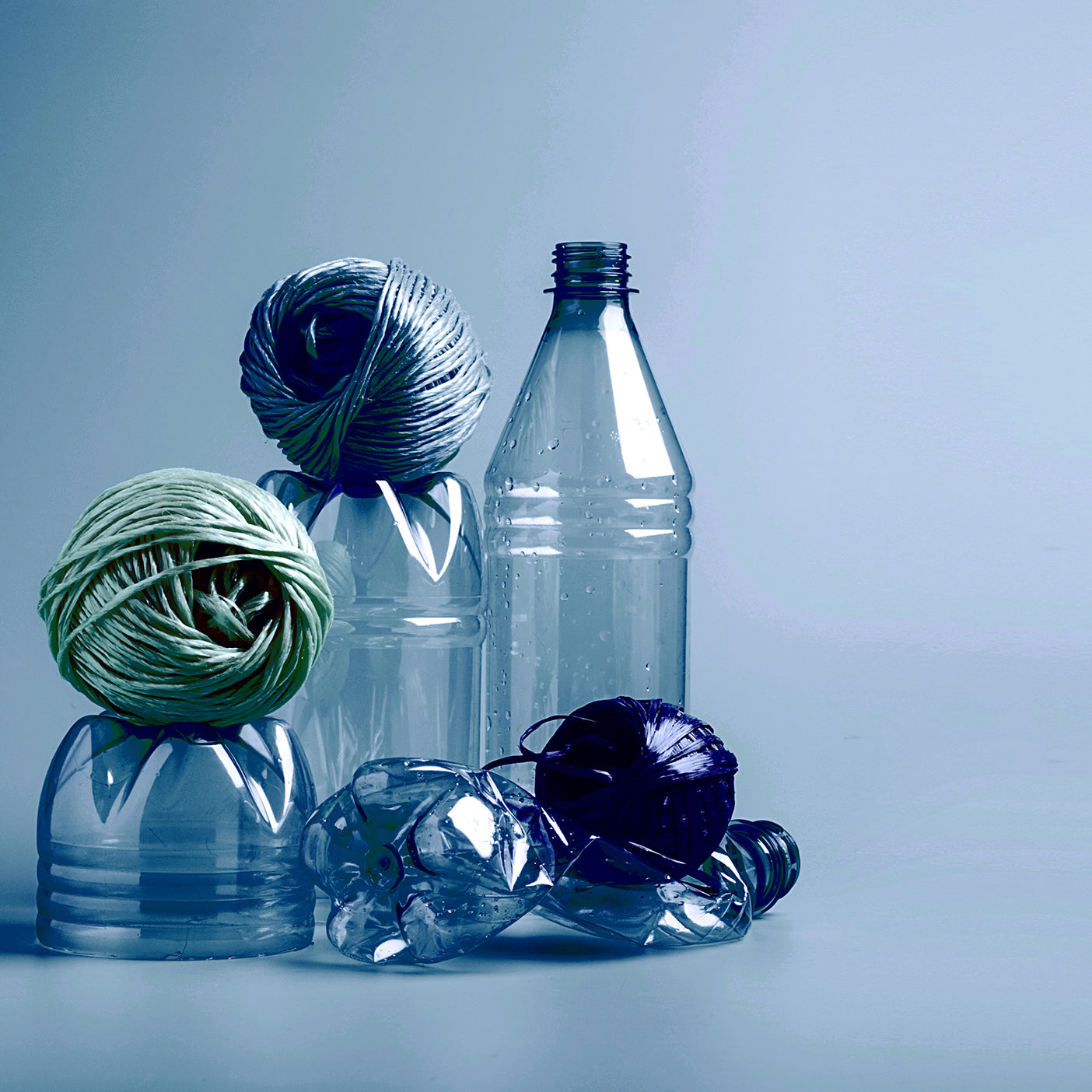A doormat is an essential household item that serves multiple purposes. It not only adds a touch of style and personality to your entrance but also helps to keep your home clean by trapping dirt, dust, and moisture from shoes. With daily use, doormats can become dirty, worn, and less effective. To ensure that your doormat remains functional and attractive, proper maintenance is crucial. In this comprehensive guide, we will provide tips and techniques for doormat care that will help you prolong its life and maintain its appearance.
1. Choosing the Right Doormat

Before delving into maintenance, it's essential to choose the right, durable doormat made for your home. There are various types of doormats available, each with different materials, textures, and styles. When selecting a doormat, consider factors such as durability, ease of cleaning, non slip backing, and the level of foot traffic in your home. Popular doormat materials include coir, rubber, polypropylene, and natural fibers like jute or sisal. Each material has its unique properties, advantages, and maintenance requirements, so choose a doormat that suits your needs and preferences.
2. Regular Cleaning

Regular cleaning is key to maintaining your doormat and ensuring its longevity. Depending on the material, there are different methods of cleaning that can be employed:
-
Vacuuming
For most doormats, vacuuming is an effective way to remove dirt and debris. Use a vacuum cleaner with a brush attachment to dislodge and remove trapped dirt. Vacuum your entryway or doormat at least once a week or more frequently if you have heavy foot traffic or pets. -
Shaking
Some doormats, such as coir or jute, can be cleaned by shaking them vigorously. This method helps to dislodge dirt and debris without damaging the fibers. Hold your doormat by one corner and shake it thoroughly to remove loose dirt. -
Sweeping
For rubber or durable polypropylene doormats, sweeping with a broom or other options can effectively remove dirt and debris. Make sure to sweep in multiple directions to ensure that all debris is removed.
3. Deep Cleaning
Periodically, your doormat will require a more thorough cleaning to remove stubborn dirt, stains, or odors. The method of deep cleaning will depend on the material of your doormat:
-
Coir or natural fiber doormats
Mix a solution of mild detergent and water, then use a thin, stiff brush to scrub the doormat gently. Rinse thoroughly with a hose or a bucket of water, and allow the doormat to air dry completely before placing it back in its position. -
Rubber or polypropylene doormats
These materials can be cleaned with a solution of mild detergent and water. Use a soft-bristle brush to scrub the surface, then rinse with a hose or a bucket of water. Allow the doormat to air dry before placing it back in its position.
4. Removing Stains
Occasionally, your welcome mat may become stained due to spills or other accidents. To remove stains, follow these steps:
- Blot the stain immediately with a clean, dry cloth or paper towel to remove as much of the spill as possible.
- Mix a solution of mild detergent and water, then use a soft-bristle brush to gently scrub the stain.
- Rinse the area thoroughly with water to remove any soap residue.
- Allow the doormat to air dry completely before placing it back in its position.
5. Proper Placement

The location of your best outdoor doormats play a crucial role in its maintenance and longevity. Place your doormat in a sheltered area, such as a covered porch or an indoor entrance, whenever possible. This helps to protect it from excessive exposure to the elements, including direct sunlight, rain, and snow. If you have an outdoor doormat exposed to the elements, consider investing in a weatherproof or all-weather doormat that is designed to withstand outdoor conditions.
Additionally, position your doormat in a decorative way that encourages people wipe their feet thoroughly. Placing it both outside and inside your entrance allows for a two-step cleaning process, reducing the amount of dirt and debris that enters your home. Consider using a larger doormat or a runner to provide ample space for people to stand and wipe their feet.
6. Rotation and Replacement
To ensure even wear and tear, it's advisable to rotate your doormat regularly. This is especially important for outdoor doormats, that receive heavy foot traffic. By rotating the doormat, you distribute the weight and pressure, preventing excessive wear on specific areas. Aim to rotate your doormat every few months or as needed.
Despite proper maintenance, doormats will eventually wear out and lose their effectiveness. Pay attention to signs of deterioration such as fraying edges, flattened fibers, or cracks in rubber mats. When your doormat becomes excessively worn or damaged, it's time for a replacement. Regularly inspect your doormat to determine if it's still serving its purpose effectively.
7. Protection from Excessive Moisture
Excessive moisture can lead to mold, mildew, and unpleasant odors in your doormat. To protect your doormat from excessive moisture and to keep it mildew resistant:
-
Ensure proper drainage
If your doormat is placed in an area prone to pooling water or heavy rain, make sure it has adequate drainage. Elevate the mat slightly or use a mat with perforations to allow water to flow through. -
Allow for proper drying
After heavy rainfall or cleaning, make sure to allow your lobster rope doormat to dry completely before putting it back in its position. Moisture trapped in the fibers can lead to mold and mildew growth. -
Use a waterproof backing
Some doormats come with a waterproof rubber backing that helps to prevent moisture from seeping through to the floor. Consider using a doormat with this feature, especially if you have a sensitive flooring material.
8. Seasonal Care
Doormat care may require slight adjustments based on the season and weather conditions. Consider the following tips:
-
Winter care
During winter, salt and ice melt products can damage your doormat. Shake off excess snow and ice from your shoes before stepping on the mat to minimize the accumulation of salt and chemicals. Additionally, rinse and dry your floors and doormat more frequently to remove any salt residue. -
Spring and fall care
These seasons bring an increase in pollen and debris. Regular cleaning and maintenance are crucial to prevent buildup and ensure optimal performance.
9. Pet-Friendly Doormat Care
If you have pets, taking extra care of your doormat becomes even more important. Pets may track in and trap dirt, mud, and pet hair, which can accumulate on the doormat. Here are some additional tips for pet-friendly doormat care:
-
Regularly brush custom doormat or vacuum
Use a pet-friendly brush or vacuum cleaner with strong suction to remove pet hair from the doormat. This will help prevent hair buildup and maintain the mat's effectiveness. -
Spot clean as needed
If your pet has accidents or leaves stains on the doormat, promptly clean the affected area. Blot the stain with a paper towel or cloth, then use a pet-safe stain remover or a mixture of mild detergent and water to clean the spot. Rinse thoroughly and allow the area to dry completely. -
Consider a washable doormat
If your pet frequently tracks in dirt or has accidents near the house or entrance, consider using a washable doormat. These mats are designed to be machine-washable, allowing for easier cleaning and maintenance.
10. Additional Tips for Doormat Care
Here are a few more tips to keep in mind for maintaining your doormat:
-
Avoid excessive scrubbing
While it's important to clean your doormat, avoid vigorous scrubbing or using harsh cleaning agents. This can damage the fibers or backing of the mat, reducing its effectiveness and lifespan. -
Trim loose threads
Over time, your doormat may develop loose threads or frayed edges. Use sharp scissors to trim any loose threads to prevent further damage and maintain a neat appearance. -
Protect your front door doormat during renovations
If you're undertaking home renovations or construction projects near the entrance, consider temporarily removing or covering your doormat to protect it from dust, debris, and potential damage. -
Follow manufacturer's instructions
Different doormat materials recommended products may have specific care instructions provided by the manufacturer. Always refer to these instructions for the best cleaning and maintenance practices.
Conclusion:
Proper maintenance is key to extending the lifespan and effectiveness of your doormat. Regular cleaning, deep cleaning when needed, proper placement, rotation, and protection from excessive moisture are all essential aspects of doormat care. By following the guidelines provided in this comprehensive guide, independently evaluate and you can ensure that your doormat remains in excellent condition, keeping your home clean and welcoming for years to come. Remember, a well-maintained doormat not only serves its practical purpose but also adds a touch of style to your entrance, making a positive first impression for all who enter your home.
By following these guidelines and incorporating these practices into your routine, you and guests can enjoy a clean, welcoming and warm entrance while maximizing the lifespan of your doormat. Remember, a well-maintained doormat not only adds to the aesthetic appeal of your home but also helps to keep your indoor space cleaner and more organized.











1 comment
Great post! We have had this old retro style door mat that we just can’t seem to part ways with. Every Spring we have to deep clean it cause of all the snow, mud, and dirt that gets tracked on to it. Luckily, after having our carpet cleaners over for the day, they helped us get started on the door mat. We did use these tips to finish everything up!
Leave a comment